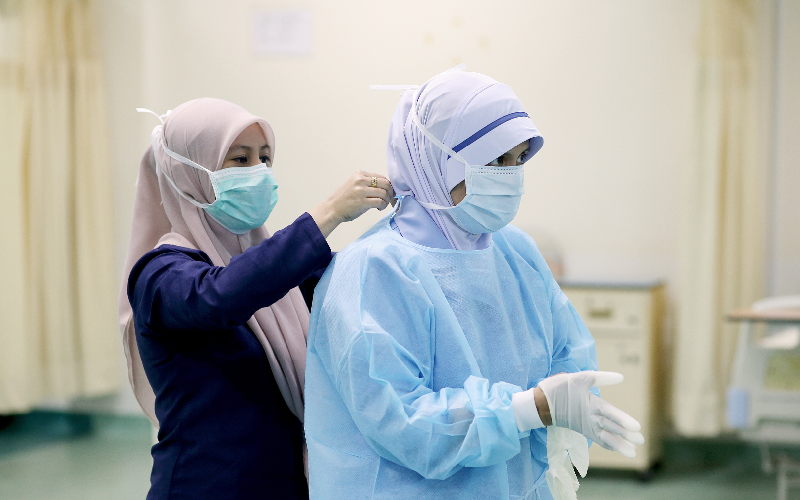
Health Worker Vaccination Programs in Low, Middle and Upper Middle-Income Countries: A Review
News
Aug 18, 2023
Health workers are at risk of contracting vaccine-preventable diseases while caring for patients and communities. Immunization against commonly encountered pathogens is an effective strategy to protect them. Depending on country-specific circumstances, the World Health Organization (WHO) recommends health workers be vaccinated against tuberculosis (BCG), hepatitis B, polio, diphtheria, measles, rubella, meningococcal, influenza, varicella, pertussis, and COVID-19. However, vaccination coverage amongst health workers in low-income, lower-middle-income, and upper-middle-income countries (LIC, LMIC, and UMIC, respectively) is notably low when compared to higher-income countries. While there may be several reasons for the lower rates of coverage, one could be the lack of programs and policies to vaccinate health workers in LIC and LMIC.
In a recent article by the researchers at the WFPHA, they reviewed the current published data referencing national vaccination policies and programs for LIC, LMIC, and UMIC to understand the programs that are already in place, review the enablers and barriers to health workers vaccination programs, and inform policymakers as they plan for a post COVID-19 health system.
According to the article, the current literature concerning routine vaccination of health workers in low and middle-income countries predominantly emphasized the hepatitis B antigen, with influenza, measles, rubella, and mumps being the subsequent focus. With considerable variability by vaccine and country, in most cases, the vaccination was not offered free to health workers or included in a regular vaccination schedule.
According to the article, economic support for vaccination such as free access to vaccines, vaccines and supplies donated by manufacturers or funded by public-private partnerships, as well as effective management of the vaccination programs such as using existing Expanded Programme on Immunization (EPI) infrastructure, and a robust institutional framework to offer vaccines to health workers, were key facilitators to vaccinating health workers. Lack of awareness and inefficient communication, such as lack of education on vaccines or awareness of availability, lack of funds, difficult access to (i.e., lack of time and/or opportunity to receive vaccines), and lack of vaccines themselves, as well as a lack of baseline data on antigen prevalence rates among health workers, were key barriers to vaccinating health workers.
According to the article, better optimization of available programs and structures developed during the COVID-19 pandemic may be a first step when complemented by effective communication to raise awareness and create a standard of care, whereby health workers vaccination is seen as an integral part of employment safety and occupational health. Comprehensive coverage of health workers against vaccine-preventable diseases is not only a right for workers but also a key element in ensuring that their intervention in health facilities and communities is safe for all.
